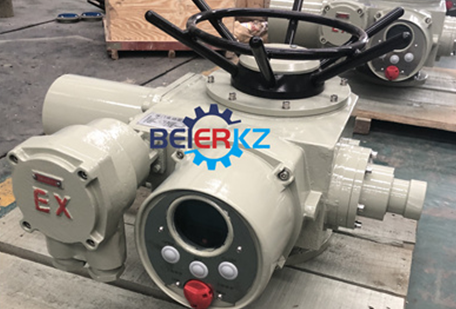1. Small and light, easy to disassemble and repair, and can be installed at any position.
2. The structure is simple and compact, the operating torque is small, and the 90 ° rotary opening is rapid.
3. The flow characteristics tend to be linear and the regulation performance is good.
4. The connection between the butterfly plate and the valve rod adopts a pin free structure, which overcomes possible internal leakage points.
5. The outer circle of the butterfly plate adopts spherical shape, which improves the sealing performance and prolongs the service life of the valve. The valve can be opened and closed under pressure for more than 50000 times without leakage.
6. The seals can be replaced, and the sealing reaches two-way sealing.
7. The butterfly plate can be coated according to the user's requirements, such as nylon or polytetrafluoroethylene.
8. The valve can be designed into flange connection and wafer connection.
9. The driving mode can be manual, electric or pneumatic.
The electric flange butterfly valve is applicable to industries with temperature ≤ 120 ℃ or ≤ 150 ° ℃, nominal pressure ≤ 1.6Mpa, such as water supply and drainage, sewage, food, heating, gas, shipping, hydropower, metallurgy, energy system, light textile and so on. It is especially suitable for two-way sealing and occasions where the valve body is easy to be rusted. It is used as a flow regulating and intercepting medium.

Enterprises specializing in electric
actuators and electric valves

0514-85553222
0514-85100555
0514-85100555






 苏公网安备32100302011243号
苏公网安备32100302011243号